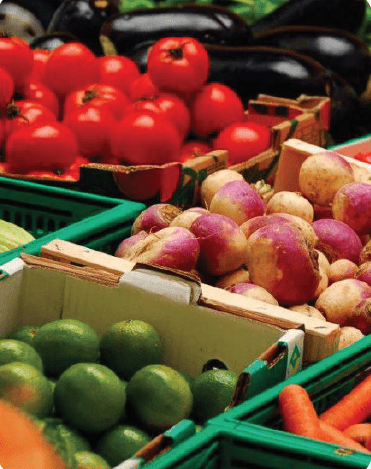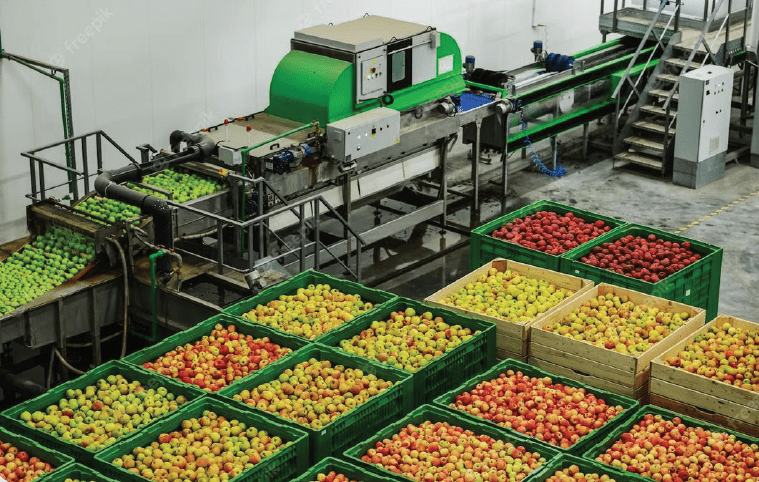By Gugulethu Mpofu (Opinion)
ENCOURAGING SIGNALS are emerging from China for Zimbabwe’s exporters of horticultural produce.
This came out during the Seminar on the Establishment on the Entire Agricultural Chain for Zimbabwe, held from 7-21 August 2025 in Beijing, China.
The seminar revealed that Zimbabwe’s produce is well-positioned to meet the changing demands of Asia’s most dynamic food market.
China’s appetite for fresh, high-quality produce is growing rapidly.
Rising disposable incomes and a health-conscious urban middle class are driving demand for fruits such as citrus, avocados, and blueberries, as well as premium nuts like macadamias and cut flowers.
Citrus fruits remain household staples, avocados are gaining prominence as a healthy lifestyle product, and blueberries, once a niche fruit, are now part of the mainstream.
Macadamia nuts, already valued as a luxury product in Asia, are benefiting from growing consumer interest in healthy snacking options.
Meanwhile, cut flowers are experiencing a surge in sales as more households invest in ornamentals and special occasions.
Import data confirms that demand across these categories continues to rise, providing a strong case for Zimbabwean exporters to strengthen their presence.
Zimbabwe is fortunate to have a firm base to build upon.
Export protocols are already established for citrus, blueberries, and avocados providing growers with formal access to China’s markets.
This is a crucial enabler, but access alone is not enough.
Exporters need to match the scale, consistency, and quality demanded by Chinese buyers.
ZimTrade has been working with producers to support this journey, promoting compliance with international standards, improving supply chains, and helping exporters understand evolving consumer expectations.
Success in China hinges on meeting expectations at every stage of the value chain.
Buyers place a premium on reliability and produce must be consistent in appearance, with fruit uniform in size and colour.
Traceability is another major factor, with consumers and retailers alike demanding transparency on sourcing and farming practices.
Food safety remains non-negotiable, with strict adherence to maximum residue limits and pest-free standards.
At the consumer level, packaging is becoming an important differentiator, influencing not just how produce looks on the shelf but also how it reflects the brand behind it.
Alongside this, cold-chain logistics are critical to ensure that Zimbabwean produce arrives fresh and maintains its quality in highly competitive retail environments.
This means that investment in packhouses, cold storage facilities, and efficient transportation networks must remain a top priority.
Partnerships can help accelerate this process, whether through technical exchanges, infrastructure collaboration, or joint ventures.
Chinese stakeholders have expressed interest in such arrangements, and long-term initiatives like the Belt and Road Initiative may provide pathways to streamline logistics and improve access to ports and customs facilities.
While horticulture remains at the centre of Zimbabwe’s immediate opportunity, China’s most substantial import dependence lies in oils and oil crops.
Products such as soybeans and edible oils account for a significant share of agricultural imports.
For Zimbabwe, this signals a potential long-term growth path.
While fresh produce such as citrus and berries can deliver early wins and market visibility, the volumes that come from oil crops could, in time, complement horticultural exports and provide the scale that builds a stronger, more resilient export base.
Even macadamias, which straddle both the horticulture and oil segments, may find expanded opportunities in value-added oil markets as demand grows.
This is not to suggest that Zimbabwe shifts its focus away from fresh produce.
On the contrary, citrus, avocados, blueberries, and macadamias already have a proven foothold in China.
But planning means recognising that volume will be key, and the edible oil segment is where China’s reliance on imports is most entrenched.
Diversification into this space over the longer term, whether through crop expansion, processing, or niche oils linked to horticulture could give Zimbabwean exporters both scale and resilience.
For now, however, the immediate task is straightforward.
Exporters must consolidate the progress made in citrus and expand strongly into avocados, blueberries, and macadamias under the existing protocols.
Building compliance systems, modernising infrastructure, and investing in branding will allow Zimbabwe to stand out in a crowded marketplace.
At the same time, attention should be given to laying the foundation for larger-scale exports by monitoring China’s edible oil trends and aligning future production strategies accordingly.







